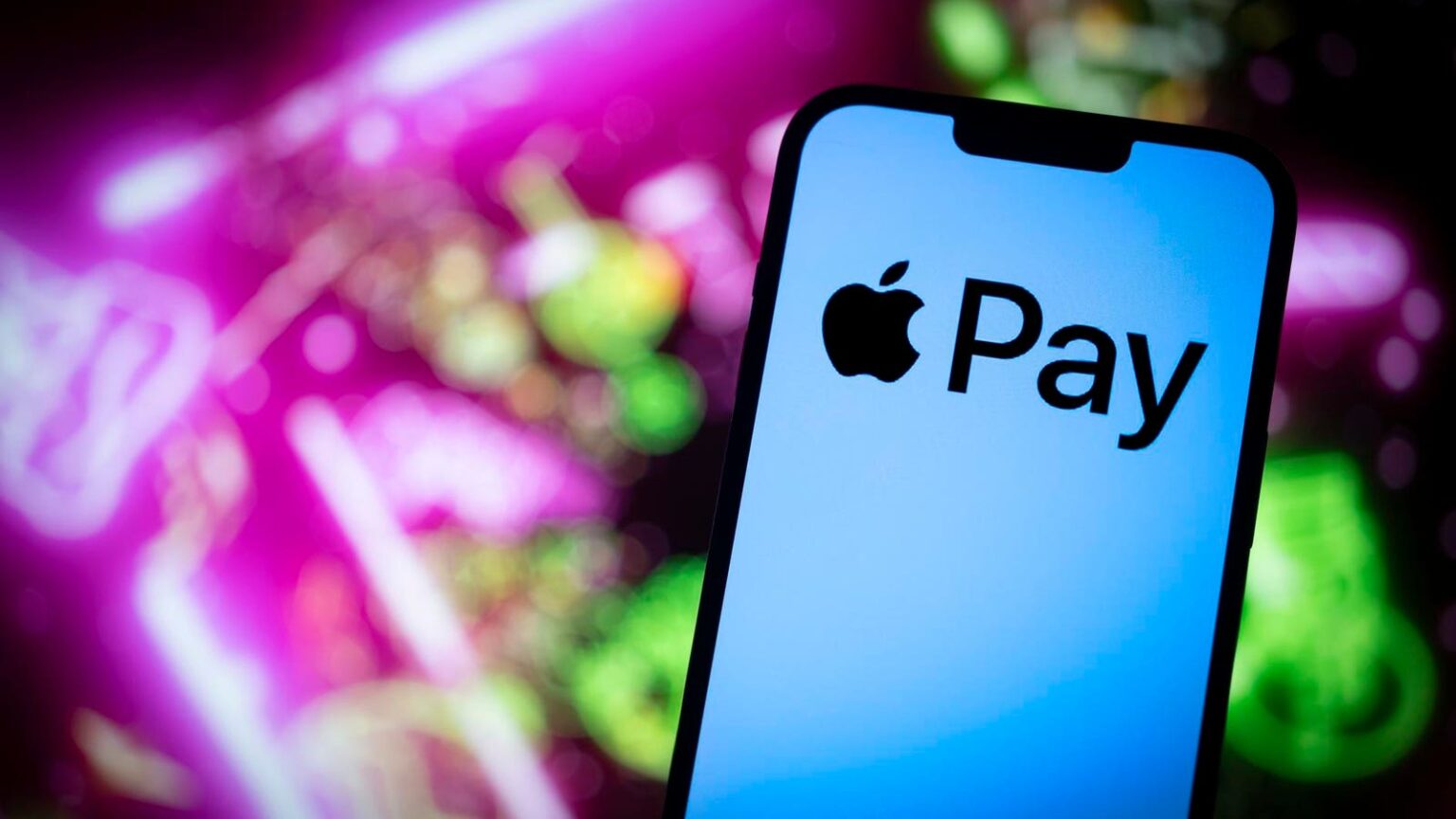As Apple Pay celebrates its tenth anniversary on October 20, 2024, the evolution of payment systems over the past decade is noteworthy. Launched in the United States, Apple Pay has significantly influenced the way consumers transact. While contactless payments would have gained traction in any case, the introduction of Apple Wallet has accelerated their adoption. This first decade has laid a strong foundation for the future of digital payments, and industry analysts predict that the next phase will see even more transformation as Apple Wallet aims to redefine not just payment mechanisms but the concepts of identity and access control.
The idea of mobile payments was not born with Apple Pay, and many enthusiasts had envisioned this future long before its arrival. Early experiments, such as contactless EMV stickers and mobile payment systems in other countries, demonstrated the potential of mobile devices to execute financial transactions. The original vision of a secure and convenient mobile payment system was hampered by the inability of banks and telecommunications companies to collaborate effectively. Despite recognizing the value of contactless technology as early as the early 2000s, the rivalry between these entities delayed the establishment of a cohesive mobile payment infrastructure. Apple’s entry into the market and consumer-focused vision effectively filled this gap, ultimately leading to widespread adoption of mobile payments.
Apple Pay’s global footprint has since expanded to 76 markets, with recent launches in countries like Chile, South Korea, and Vietnam. The service now partners with over 11,000 banks and utilizes 20 payment networks worldwide. One notable evolution is the ability for customers to use Apple Pay beyond Safari, enabling transactions in third-party web browsers, highlighting the platform’s continuous adaptation to consumer needs. The functionality that Apple Pay has brought to digital transactions has turned hurdles into milestones, allowing users to enjoy a seamless payment process enhanced by security and convenience.
Looking forward, Jennifer Bailey, Apple’s vice president of Apple Pay and Apple Wallet, envisions a future where digital wallets transcend mere financial transactions. The aim is to create a comprehensive digital ecosystem that can manage a variety of personal assets, from event tickets and transit passes to governmental IDs. Digital driving licenses are already being trialed in several U.S. states and represent the shift towards secure identity verification without the pitfalls of physical identification. Such advancements encourage user control over personal data, creating a new paradigm in which individuals can choose what information to share based on the context of their interactions.
Bailey has also highlighted the growing potential of digital car keys, which could revolutionize the car rental market and other areas of vehicle access. The exploration of keyless entry technology demonstrates Apple’s commitment to advancing its wallet offerings, encompassing operational utilities beyond mere payment functions. Apple’s initiative to collaborate with major car manufacturers, following their involvement in developing the Digital Key specification, indicates a strategy to build an integrated ecosystem that efficiently connects various aspects of personal identity and access management.
As we transition into the next chapter of digital transactions, the shift from Apple Pay to a more expansive Apple ID framework marks a pivotal moment in modern commerce and security systems. By addressing the lack of digital identity infrastructure that has hindered online services, Apple has the potential to reshape not only payment systems but also how individuals manage their identities in the digital age. This future promises to significantly impact our online experiences and interactions, indicating that this new chapter could be even more transformative than the last ten years of Apple Pay. The excitement surrounding these upcoming changes highlights the potential for Apple to lead in redefining digital identity and wallet functionality across 21st-century commerce.

